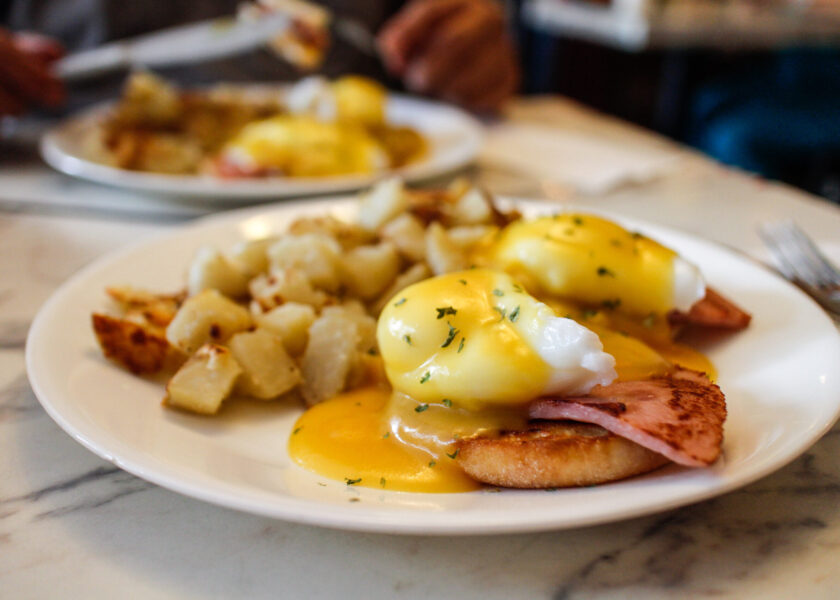Diners are more than just places to eat, they are deeply ingrained in American culture, symbolizing comfort, community, and the American Dream. These establishments have evolved from simple roadside eateries to become cultural icons, celebrated in everything from movies and music to art and literature. Their influence is vast and varied, reflecting broader societal trends and the changing tastes of a nation. But what exactly is it about diners that has cemented their status in American culture?
Accessibility and Democracy
One of the foundational appeals of diners is their inherent accessibility. Traditionally, diners are known for their affordable, hearty meals served in a casual, unpretentious environment. This accessibility extends beyond just the menu, as diners often serve as communal hubs where people from all walks of life can gather. The diner’s counter, often a long, shared table, democratizes the eating experience, where business professionals can sit next to construction workers, and families can dine next to college students. This melting pot dynamic has turned diners into miniature cross-sections of American society, places where social barriers are lowered, and people can interact freely.
Nostalgia and Comfort
Diners also evoke a strong sense of nostalgia, offering a comforting throwback to simpler times. With their retro aesthetics, including jukeboxes, neon lights, and chrome accents, diners provide a sensory experience that transports patrons back to the mid-20th century, known as the “golden age” of American diners. This nostalgia is not just visual but also culinary, as diners often feature classic American dishes like burgers, fries, milkshakes, and all-day breakfasts. These meals are not only delicious but also evoke memories and feelings of comfort and familiarity.
The Role in Popular Culture
Diners have played a significant role in American popular culture, prominently featured in films, television shows, and music, which has helped solidify their iconic status. From Edward Hopper’s famous painting “Nighthawks” to classic scenes in movies like Pulp Fiction and Back to the Future, diners are portrayed as quintessential gathering places, often at the heart of the plot’s development. In music, diners are the backdrop for tales of heartbreak and happiness, such as in Suzanne Vega’s song “Tom’s Diner.” These cultural depictions highlight the diner’s role as a place of human connection and storytelling, adding layers to its iconic stature.
Adaptability and Evolution
Another reason for the enduring appeal of diners is their ability to adapt. Over the decades, diners have evolved to meet changing dietary preferences and trends. Many diners now offer healthier options, ethnic dishes, and accommodate dietary restrictions like gluten-free and vegan diets. This adaptability has allowed diners to remain relevant and beloved even as the food industry undergoes rapid changes.
Community and Continuity
Finally, diners often serve as historical and communal anchors in their neighborhoods. Many have been in operation for decades, owned by the same families for generations. They are not just businesses, but community landmarks, playing host to regular local gatherings, from early morning coffee groups to high school study sessions. This sense of continuity and community is at the heart of the diner’s role as a cultural icon.
Let Silverback Breakfast Show You Why Diners are Iconic
At Silverback Breakfast, we embody the spirit and tradition of the classic American diner. Located in Vista, California, our diner is a place where locals can find not only a delicious meal but also a warm, welcoming space that feels like home. Here, we blend traditional diner fare with modern culinary trends, ensuring that everyone finds something to love. Silverback Breakfast is more than just a breakfast and lunch spot, it’s a part of the community where memories are made and traditions are kept alive. Contact us to experience why diners have become such enduring cultural icons.






